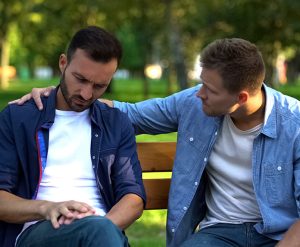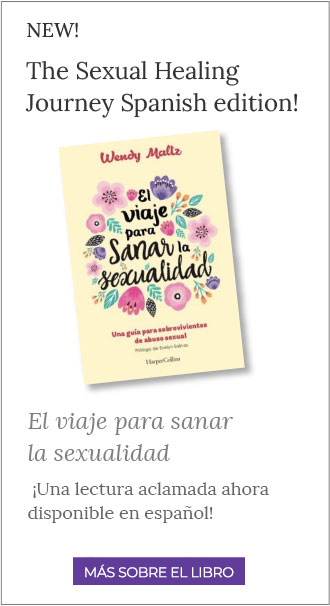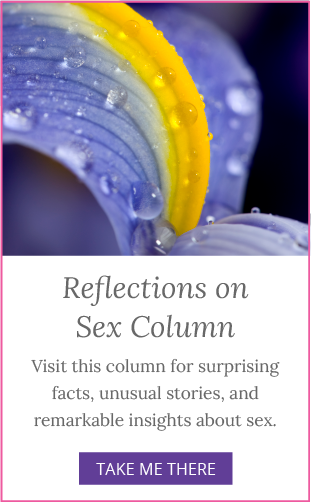Aidan McCullen used to play on the Ireland national rugby team. Later he became an international businessman and host of THe Innovation Show radio podcast for global innovators. Aidan is a big fan of Wendy and Larry’s book, The Porn Trap. In this episode, Aidan interviews Wendy for a special show that explores pornography’s expansion and impacts on individuals, workplaces, and relationships.
This interview can help you:
- Understand why porn is a societal and cultural problem
- Understand how a porn habit is formed and how it can rewire our brains
- Understand the impact of porn on our sexuality
- Evaluate the impact of porn on children, society and relationships
- Understand how intimate partners are affected
- What porn users and couples need to do to heal
Listen to Aidan and Wendy’s clear, lively and empowering conversation) here
Feel free to also check out the informative and insightful article Aidan wrote to introduce the show on how porn impacts our brains and conditions us. It’s pretty amazing.












